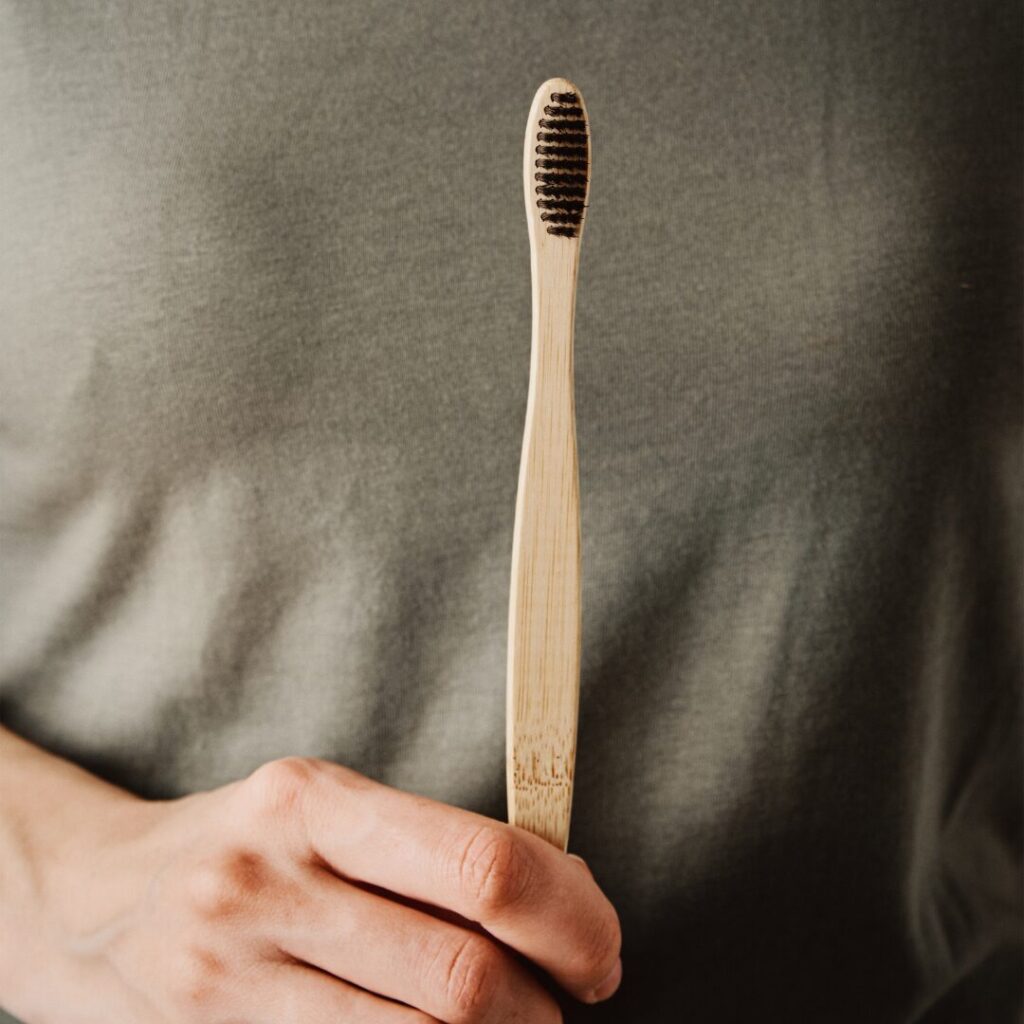Learn about various bristle types for bamboo toothbrushes and their benefits.
From soft to medium, each bristle type has unique benefits. Discover how to choose the right bristle type for your needs.
Exploring Different Bristle Types
When it comes to brushes, whether for cleaning, painting, grooming, or even dental care, the type of bristles they have can make all the difference. Bristles may seem like a small detail, but they play a significant role in how effective and suitable a brush is for its intended purpose. Let’s dive into the fascinating world of bristle types and explore their unique characteristics.
1. Natural Bristles
Natural bristles are made from materials found in nature, such as animal hair or plant fibers. These bristles are often praised for their gentle touch and effectiveness in specific applications.
- Animal Hair Bristles: Brushes made with animal hair, such as boar, horse, or goat hair, are common in grooming and painting. Boar bristles, for example, are widely used in hairbrushes because they distribute natural oils evenly, leaving hair smooth and shiny. In painting, natural bristles hold paint exceptionally well and are ideal for oil-based paints.
- Plant-Based Bristles: Materials like tampico (from the agave plant) or coconut fibers are used in cleaning brushes. These bristles are durable and eco-friendly, making them a great choice for those looking to reduce their environmental footprint.
Natural bristles are soft and flexible, making them perfect for delicate tasks. However, they may not be as durable as synthetic options and can sometimes require more care to maintain.
2. Synthetic Bristles
Synthetic bristles are made from man-made materials like nylon, polyester, or silicone. These bristles are incredibly versatile and have become increasingly popular due to their durability and affordability.
- Nylon Bristles: Nylon is a common material used in toothbrushes, hairbrushes, and cleaning tools. It’s tough yet flexible, making it great for scrubbing surfaces or detangling hair without causing damage.
- Polyester Bristles: Often used in paintbrushes, polyester bristles are ideal for water-based paints because they resist absorbing moisture. They maintain their shape well and can handle repeated use without fraying.
- Silicone Bristles: A newer addition to the bristle world, silicone is soft, hygienic, and easy to clean. You’ll often find silicone bristles in facial cleansing brushes or baby products because of their gentle nature.
Synthetic bristles tend to be more resistant to wear and tear compared to natural ones. Plus, they’re often easier to clean and maintain, making them a convenient choice for many.
3. Soft vs. Stiff Bristles
The softness or stiffness of bristles is another key factor to consider when choosing a brush.
- Soft Bristles: These are ideal for delicate surfaces or sensitive skin. For example, soft-bristled toothbrushes are recommended by dentists to protect gums and enamel. Similarly, makeup brushes with soft bristles provide a smooth application without irritating the skin.
- Stiff Bristles: Stiffer bristles are perfect for heavy-duty tasks like scrubbing tough stains or cleaning outdoor surfaces. They provide the extra abrasion needed to tackle grime but may be too harsh for softer materials or skin.
Understanding the balance between soft and stiff bristles can help you select the right brush for your specific needs.
4. Bristle Shapes
Beyond material and texture, the shape of the bristles also plays an important role.
- Straight Bristles: These are the most common and versatile type. They work well for general cleaning or grooming tasks.
- Angled Bristles: Often found in toothbrushes or specialized cleaning brushes, angled bristles help reach tricky areas that straight bristles might miss.
- Tapered Bristles: These have a fine tip that’s perfect for precision tasks like fine art painting or detailed cleaning.
The shape of the bristle can enhance its functionality and make certain tasks much easier.
5. Eco-Friendly Options
As sustainability becomes increasingly important, many people are looking for eco-friendly bristle options. Natural plant-based bristles paired with bamboo handles are a popular choice among environmentally conscious consumers. Additionally, some companies now offer synthetic bristles made from recycled materials.
By choosing brushes with eco-friendly bristles, you can reduce waste while still enjoying high-quality performance.
6. Choosing the Right Bristle Type
With so many options available, how do you choose the right one? Here are a few tips:
- Consider the Task: Are you cleaning a tough surface or applying makeup? The task at hand will dictate whether you need stiff or soft bristles.
- Think About Durability: If you need a brush that lasts a long time with minimal maintenance, synthetic bristles might be your best bet.
- Account for Sensitivity: For tasks involving skin or delicate surfaces, opt for soft natural or silicone bristles to avoid damage or irritation.
- Factor in Sustainability: If being eco-friendly is important to you, look for biodegradable natural bristles or recycled synthetic options.
Final Thoughts
Bristles may seem like a small detail in the grand scheme of things, but they play a crucial role in how effective and enjoyable your brushes are to use. Whether you’re scrubbing floors, painting a masterpiece, styling your hair, or caring for your teeth, there’s a perfect bristle type out there for your needs.
So next time you’re shopping for a brush, take a moment to consider the type of bristles it has—you might be surprised at how much of a difference it makes! Happy brushing!



